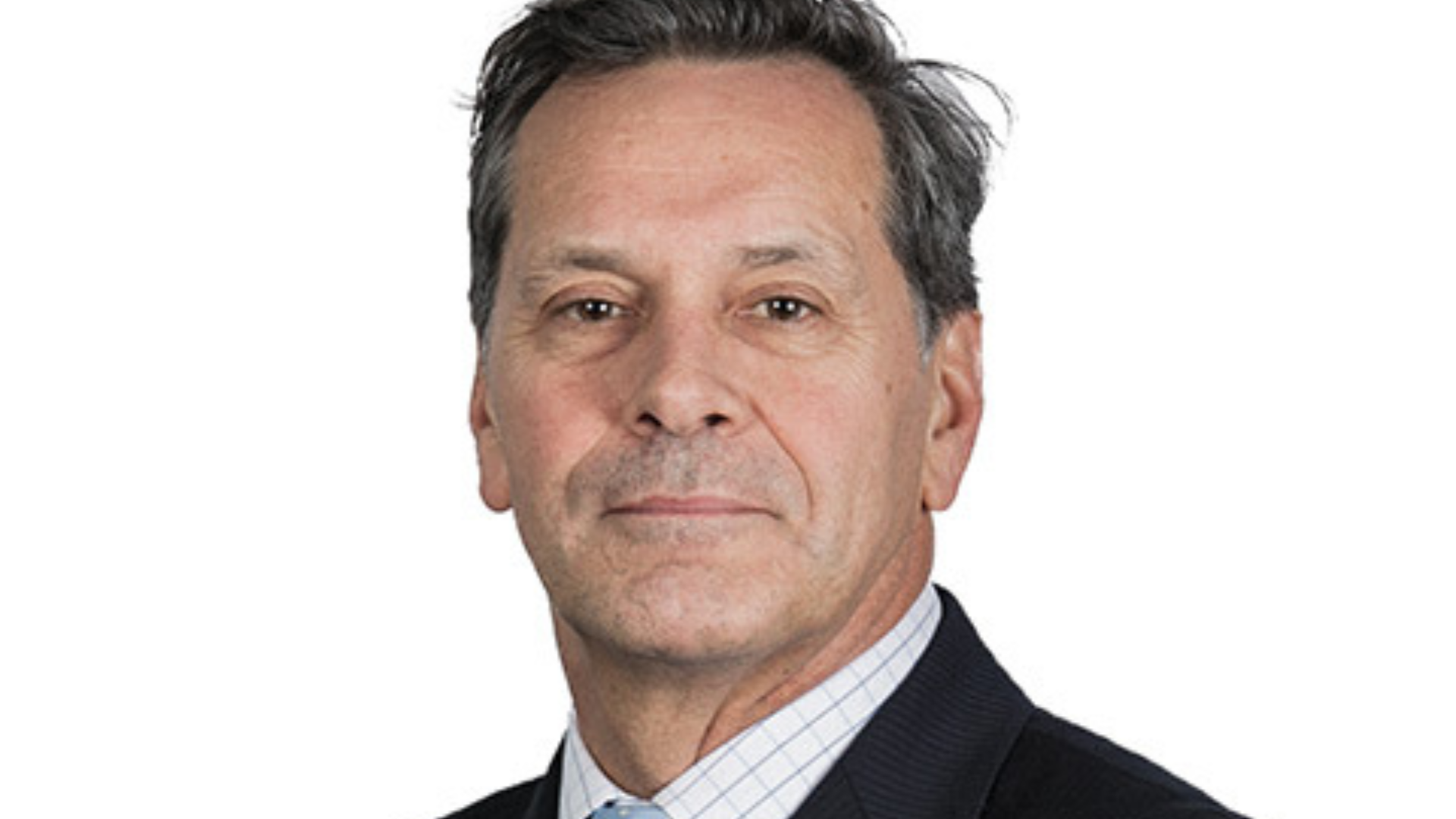‘The return of fear’: risk capital pulls back
“While it is easy to call the market movement in 2022 a correction and to argue that it is overdue, it is facile, and it fails to address the question of why it is happening now, and whether the correction is overdone or has more to go,” so-called “Dean of Valuation” Aswath Damodaran writes in a note titled “Risk Capital and Markets: A Temporary Retreat or Long Term Pull Back?”
“… almost everything that we are observing in markets, across asset classes, can be explained by a pull back on risk capital. Understanding the magnitude of the pull back, and putting in historical perspective, is key to gauging what is coming next.”
Risk capital is, as the name suggests, “the portion of capital that is invested in the riskiest segments of each market”. Damadoran uses three proxies to track it: funds invested in by venture capitalists, with a breakdown into categories like pre-seed and seed financing; initial public offerings (number and value raised); and original bond issuances by the riskiest companies (below investment grade and high yield).
Damodaran’s research shows that all three proxies saw pullbacks during the Tech Wreck, GFC, and Covid Crash. The earlier two events saw some segments of risk capital pull back long-term, but the pullback in 2020 was only temporary, and Damadoran believes the resilience of risk capital at the time was responsible for the spectacular rally seen later on.
Damadoran attributes that resilience to the perception that the Covid shutdown was temporary; the rapid decline in interest rates; and a change in investor composition, with a tidal wave of retail investors armed with stimulus money and forced savings swamping markets.
“The first half of 2022 has been a trying period for markets, and as inflation has risen, it is having an effect on the availability of and access to risk capital,” Damadoran writes. “There has been a pullback in all three proxies for risk capital, albeit smaller in venture capital than in IPOs and in high-yield bond issuances in the first few months of 2022. That pullback has had its consequences, with equity risk premiums rising around the world.”
The big question then is whether the pullback is temporary, as it was in 2020, or more like that seen after the Tech Wreck and the GFC. If it’s the former, Damadoran writes, “there is hope of not just a recovery, but a strong rebound in risky asset prices”. If it’s the latter – and Damadoran believes it will be – stocks might stabilise, but the riskier assets that he tracks will stay depressed. Unlike the virus that partially caused it, he writes, there’s no quick fix for inflation.
“At the risk of sounding callous, I do think that a return of fear and a longer term pullback in risk capital is healthy for markets and the economy, since risk capital providers, spoiled by a decade or more of easy returns, have become lazy and sloppy in their pricing and trading decisions, and have, in the process, skewed capital allocation in the economy,” Damadoran writes.
“If a long-term slowdown is in the cards, it is almost certain that the investment strategies that delivered high returns in the last decade will no longer work in this new environment, and that old lessons, dismissed as outdated just a few years go, may need to be relearned.”











